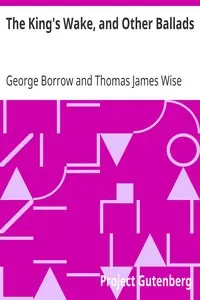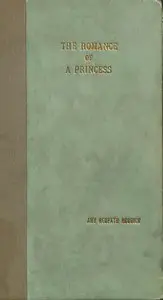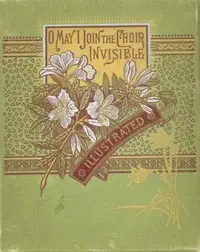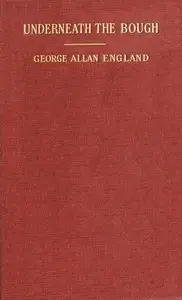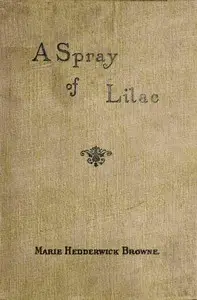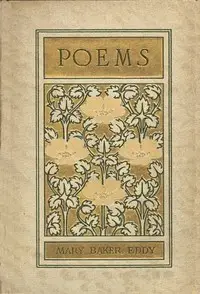"How Lisa Loved the King" by George Eliot is a 19th-century poem that unfolds in old Sicily, centering on love that isn't returned and acts of bravery and honor. The poem tells the story of Lisa, a young girl from a rich family, and her overwhelming love for King Pedro after seeing him at a festival. She's not interested in the suitors her family has in mind because she can only think about the King. Feeling like her love is hopeless, she grows sad, but her emotions eventually reach the King through a singer named Minuccio. Touched by Lisa's strong feelings, King Pedro decides to show her respect and make her happy, proving the power of true love and the importance of honor. The poem ends on a joyous note, celebrating a love that goes beyond social class.
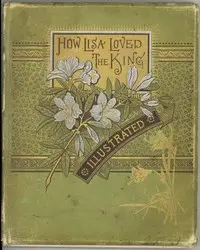
How Lisa Loved the King
By George Eliot
In old Sicily, a young girl's pure and devoted love for a king leads to unexpected recognition and joy.
Summary
About the AuthorMary Ann Evans, known by her pen name George Eliot, was an English novelist, poet, journalist, translator, and one of the leading writers of the Victorian era. She wrote seven novels: Adam Bede (1859), The Mill on the Floss (1860), Silas Marner (1861), Romola (1862–1863), Felix Holt, the Radical (1866), Middlemarch (1871–1872) and Daniel Deronda (1876). As with Charles Dickens and Thomas Hardy, she emerged from provincial England; most of her works are set there. Her works are known for their realism, psychological insight, sense of place and detailed depiction of the countryside. Middlemarch was described by the novelist Virginia Woolf as "one of the few English novels written for grown-up people" and by Martin Amis and Julian Barnes as the greatest novel in the English language.
Mary Ann Evans, known by her pen name George Eliot, was an English novelist, poet, journalist, translator, and one of the leading writers of the Victorian era. She wrote seven novels: Adam Bede (1859), The Mill on the Floss (1860), Silas Marner (1861), Romola (1862–1863), Felix Holt, the Radical (1866), Middlemarch (1871–1872) and Daniel Deronda (1876). As with Charles Dickens and Thomas Hardy, she emerged from provincial England; most of her works are set there. Her works are known for their realism, psychological insight, sense of place and detailed depiction of the countryside. Middlemarch was described by the novelist Virginia Woolf as "one of the few English novels written for grown-up people" and by Martin Amis and Julian Barnes as the greatest novel in the English language.


